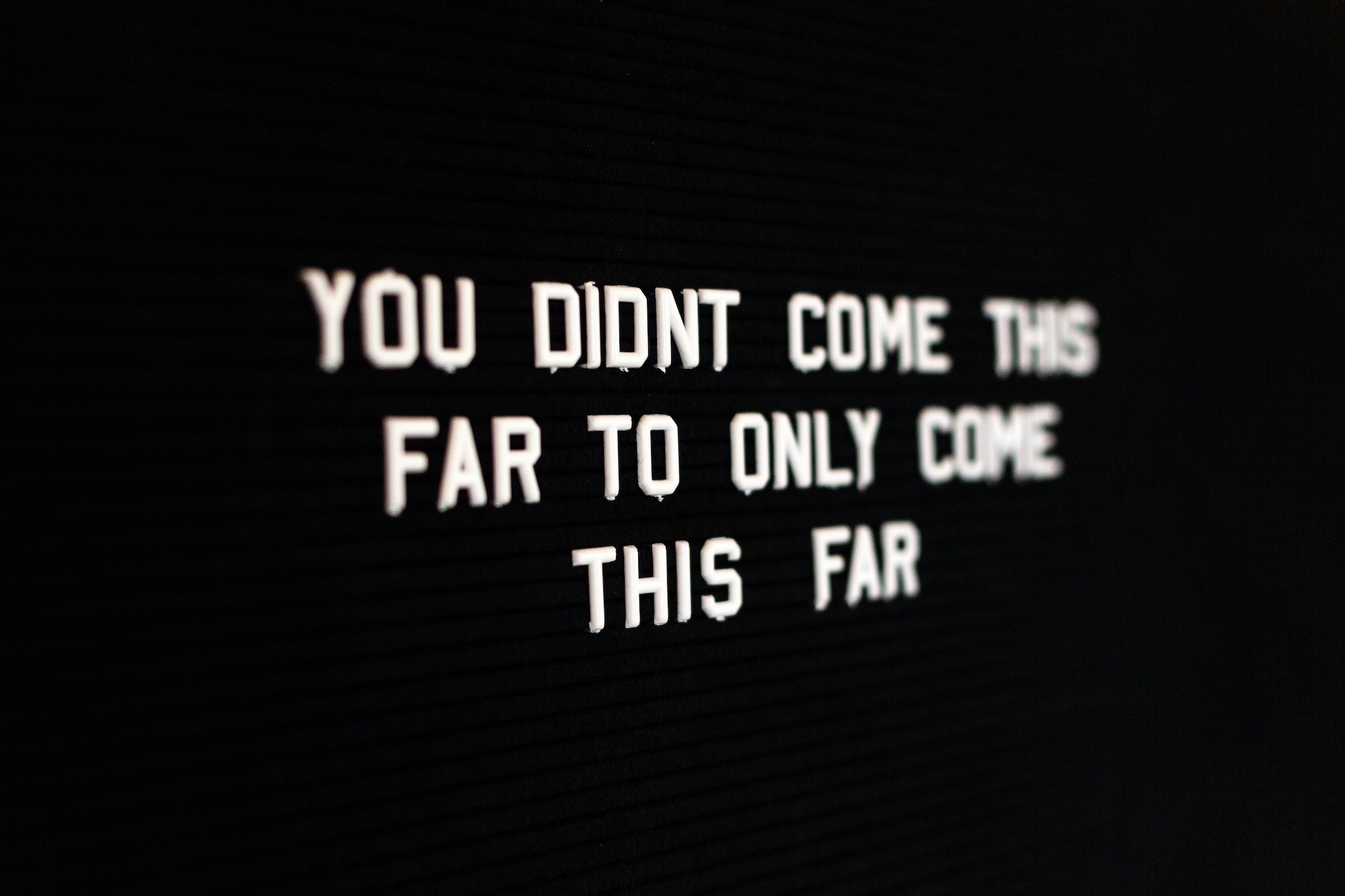Predictability gives HR leaders an edge in crafting people and culture strategies. In the absence of predictability, foresight is the next best tool. Studies have revealed differences in learning habits and preferences between commonly understood demographic blocks. These differences matter when determining how to roll out people and culture strategies, and when considering management of change and the retention and dissemination of learned best practices within an organization.
The Changing Normal
If Generation Z employees aren’t already in your workplace, they soon will be. Of the roughly 61 million people born between the mid-1990s and the mid to late 2000s, the oldest are in their early to mid twenties.
In another 15 years, they could be the largest segment of the workforce. According to a Nielsen report, Generation Z accounts for 26% of the U.S. population, putting them ahead of millennials (22%) and baby boomers (24%).
A plethora of data points reveal that Gen Z’s learning habits and preferences are a key area of consideration when crafting their learning and development strategies.
An Appetite for Learning
Generation Z views a college degree as just one step in their educational journey. They realize they must continue their learning while in a job, as evidenced by a recent Deloitte survey in which only 26% of Generation Z respondents agreed that college taught them the required workplace skills. Conversely, 44% assessed on-the-job training as more valuable.
Those findings were echoed in a Robert Half survey identifying the top 3 factors this group desires in a future employer:
- Career advancement opportunities
- A manager they can learn from
- Professional development and training opportunities
Likewise, 84% of the respondents to a 2017 survey of Gen Z attitudes by Accenture said they expected their first employer to provide formal training.
Generation Z employees want to work for a company that helps them advance their careers.
Accustomed to Visual Learning
Having grown up in the age of YouTube and Instagram, Generation Z’s preferred mode of learning slants toward the visual.
In fact, a recent Harris Poll found 60% of people between the ages of 14 and 23 look to YouTube when they want to gather information, and nearly the same percentage said the video-sharing platform contributed to their education.
Self-Directed Learning
When a Generation Z learner wants information, they’re unlikely to wait for a pre-scheduled session, meeting with an instructor or a lecture. Instead, they’ll search for answers on their own.
According to the LinkedIn Learning survey, 43% of Gen Z respondents expressed a preference for a fully self-directed learning program. (The same survey found only 20% of L&D and HR leaders planned to offer that type of learning program.)
Social Learning
Communicating with friends via Facebook and other social media platforms comes naturally to this generation. They expect online environments that allow them to share and collaborate with peers and mentors.
Another advantage to social learning is the ability to provide continual feedback to the Generation Z employee — something they desire. In fact, 66% of respondents in the “The State of Gen Z 2018” by the Center for Generational Kinetics said they want feedback from supervisors every few weeks or more.
Mentorly was built with the next generation of employees in mind. Leverage existing skills to new hires, transmit your unique workplace culture, and future-proof your organization through developing meaningful employee ecosystems with Mentorly.
A Need for Mentorship
Generation Z trends toward self-directed learning facilitated through technology, but they also value meaningful in-person interactions. The key here is the amount of value these interactions deliver.
A study by Robert Half concluded this group actually desires working with a mentor or teaming up with others face to face. In fact, second only to honesty and integrity, the study revealed that mentorship was the next highest ask in collaborating with leadership.
More than 60% ranked working collaboratively with a small group in an office as their preferred work situation.
Simplicity is Key
As tech investor Ryan Craig writes in “The Dangerous Myth of the Digital Native,” growing up in tech environments doesn’t necessarily mean young people are naturally adept at business software applications.
“Today’s students are accustomed to simple interfaces,” Craig said. “But simple interfaces are possible only when the function is simple, like messaging or selecting video entertainment. Today’s leading business software platforms don’t just manage a single function.”
The ability to navigate a complex enterprise application and to use it strategically probably depends more on an individual’s education than on their generation. It requires problem-solving, research and analysis skills, for example.
Modernize Your Approach To Organizational Learning
In fostering participation in corporate learning and development programs, it helps to deliver an experience that’s aligned with how employees are used to and prefer learning.
Mentorly was built with the next generation of employees in mind. Leverage existing skills to new hires, transmit your unique workplace culture, and future-proof your organization through developing meaningful employee ecosystems with Mentorly.
Contact us today to learn how your team can manage learning and development programs in one easy place.

